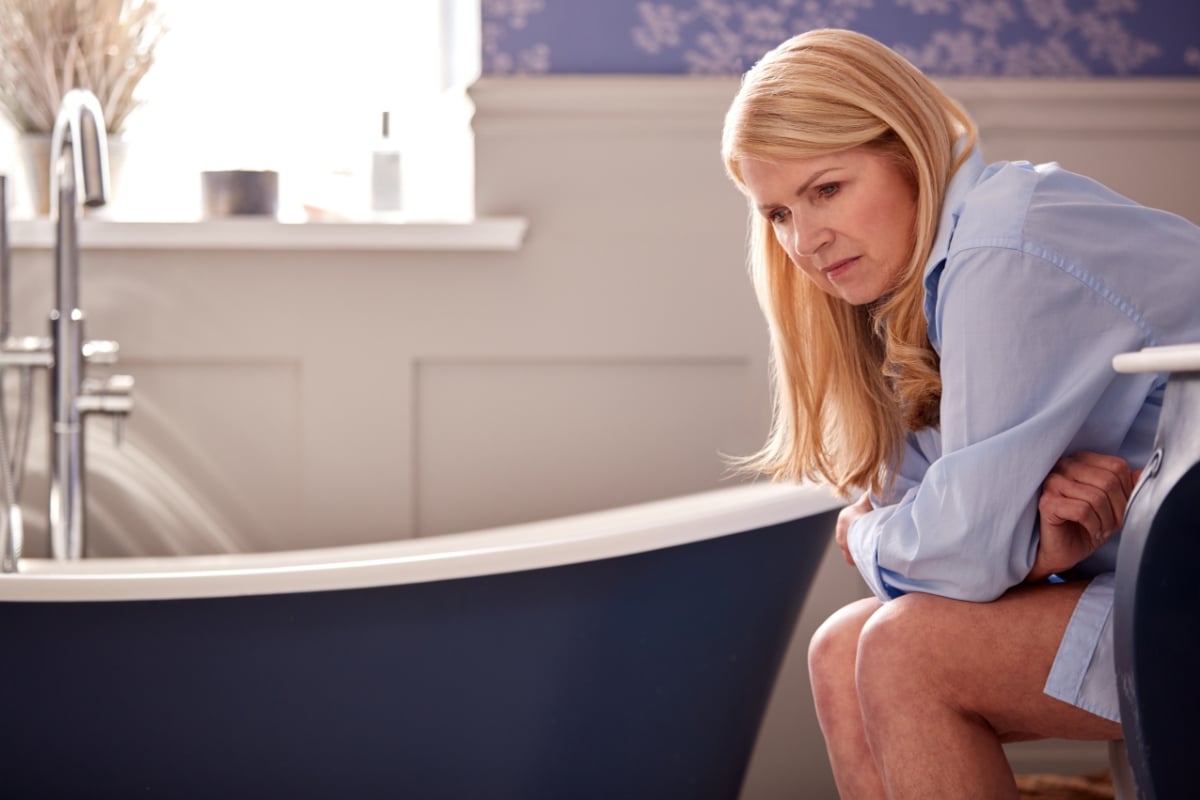
Running with bladder leaks? Pelvic floor physiotherapy can help

The weather getting better means that running season is upon us! Unfortunately, many people stay off the paths due to fear of urinary leakage or, incontinence.
Urinary incontinence refers to the involuntary loss of urine and is a very common phenomenon. Although it is commonly discussed in the post-natal and older adult population, it can happen to women or men at any age.
The difference between stress incontinence and urge incontinence
The two most common types of urinary leakage are stress incontinence and urge incontinence. Stress incontinence is leakage that occurs with exertion causing an increase in your intra-abdominal pressure.
Examples of this include: jumping, running, coughing and sneezing. Urge incontinence is when the sudden need to void occurs and you are not able to delay or stop the flow of urine. It is also very common for stress and urge urinary incontinence to occur together.
Causes of urinary incontinence include, but are not limited to: over active bladder muscles, trauma due to pregnancy, labour and delivery, constipation, chronic respiratory conditions, changes due to aging and menopause and weakening of the pelvic floor muscles.
How can pelvic floor physiotherapy help?
Although urinary leakage is very common it does not mean that it should be expected following childbirth, or as we age. I am sure we have all heard someone say, “I cannot jump on a trampoline anymore,” or “I have to cross my legs every time I sneeze.” Phrases such as these are common ways that people manage their incontinence.
But there is help. Did you know that incontinence may be improved with the guidance of a pelvic floor physiotherapist? Treatment with a pelvic floor physiotherapist for urinary incontinence may include:
- Pelvic floor strength training:
- Progressive strengthening to encourage more control over your pelvic floor muscles
- Bladder retraining:
- Timed or delayed voiding to decrease frequency of short voids
- Behavioral techniques:
- Avoid going “just in case”
- Work on urge suppression. Learn to ignore the first urge to urinate to decrease frequency of voiding
- Manual therapy techniques
- Massage and stretching of hip, back and pelvic floor muscles
- Dietary changes:
- Some foods and beverages are thought to contribute to bladder leakage and irritability. Management of the following food groups may decrease bladder irritability or leakage:
- Caffeine, alcoholic beverages, acidic and spicy foods, artificial sweeteners and carbonated beverages
- Some foods and beverages are thought to contribute to bladder leakage and irritability. Management of the following food groups may decrease bladder irritability or leakage:
If you feel that you are experiencing any of the above symptoms or are avoiding activities that you love due to urinary leakage, it is recommended that you seek an assessment with a pelvic floor physiotherapist.
Do not let leakage keep you off the pathways this summer! Find a pelvic physiotherapist near you or book an appointment online.



